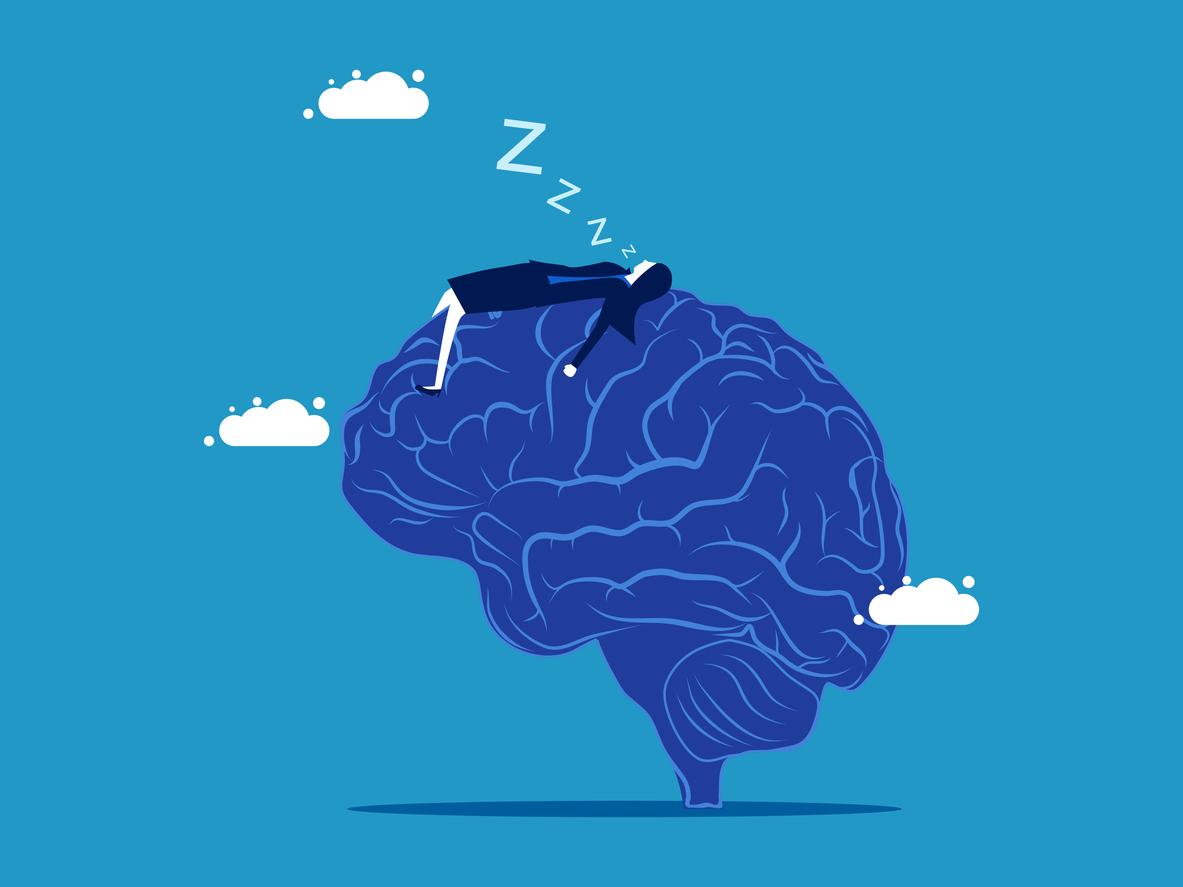While the subject of hypersensitivity to electromagnetic waves remains controversial in scientific circles and at the heart of public debate, ANSES has devoted specific and in-depth expertise to “electromagnetic hypersensitivity (EHS) or idiopathic environmental intolerance attributed to electromagnetic fields (IEI-CEM)” and published a report. In conclusion, the organization declares that this syndrome must be managed and the patients followed. An initiative hailed by associations.
Symptoms of hypersensitivity
While the very existence of electrohypersensitivity (EHS) is debated, patients who claim to be affected by this disease display the following symptoms: headache, sleeping troubles, nausea, irritability, tingling in the fingers or skin problems.
“There are no diagnostic criteria for EHS validated to date,” explains ANSES in this report published on Tuesday. But “anyway, the complaints (pain, suffering) formulated by people claiming to be EHS correspond to a lived reality”.
“The Haute Autorité de santé could follow the model of what it did in 2011 for fibromyalgia, establish a sort of guide to good practices, “Olivier Merckel, head of the physical risks unit at ANSES, told AFP.
Patients with little consideration
The ANSES report highlights the lack of listening to patients who said they had to deal with doctors who did not listen who “favor a psychologizing approach to the problem, accompanied by a certain contempt for people coming to consult them “. They ask for a need for recognition and a desire to be taken seriously.
For Pierre-Marie Theveniaud, president of the Robin des Toits association, “the levels of exposure to waves in the general population should be reduced. What we are currently experiencing is nothing compared to to what is in preparation, with 5G, we will be inundated with waves “.
Read also:
Waves: can we be sensitive to it?
Electromagnetic waves: a new law to protect the French
Electromagnetic waves: hypersensitive man receives compensation















